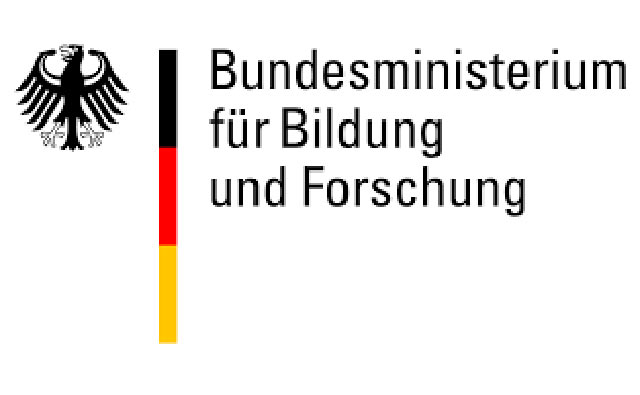The automatic adjustment of home lighting to the needs of residents or the existing environmental conditions contributes significantly to an increase in comfort. Another effect is a significant savings in energy, since unneeded devices are automatically switched off. In addition, safety is increased, especially for people with cognitive impairments, when they have the lighting they need for any situation. An intelligent sensor system independent of the prevailing modes of lighting plays a prominent role in achieving these goals. For example, this system must detect and correctly assign the location, direction and type of existing motion so that an adaptive controller can function.
The solution
As part of Acti3D, Fraunhofer IIS/EAS develops algorithms for an optical sensor system that are particularly robust and can reliably extract and evaluate specific image features. Thus, a detection, localization and analysis of movements is possible without the output of real image data. The technical basis for this is a freely programmable system-on-chip developed by the institute. The algorithms implemented on this system record so-called important points and derived image features, independent of the ambient lighting. In a subsequent analysis, movements will be classified and assigned to the foreground or background. This way, people can be distinguished from technical devices.
This approach will be expanded by a stereo multi-sensor arrangement in order to achieve a low power 3D motion detection. With this, motions can be localized even more precisely in rooms and, for example, also be distinguished from each other if they obscure each other. Efficient procedures for data analysis must be developed in order to allow such a 3D reconstruction of the recorded data.
Project status: completed
 Fraunhofer Institute for Integrated Circuits IIS, Division Engineering of Adaptive Systems
Fraunhofer Institute for Integrated Circuits IIS, Division Engineering of Adaptive Systems